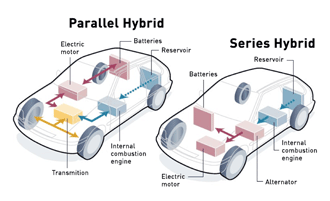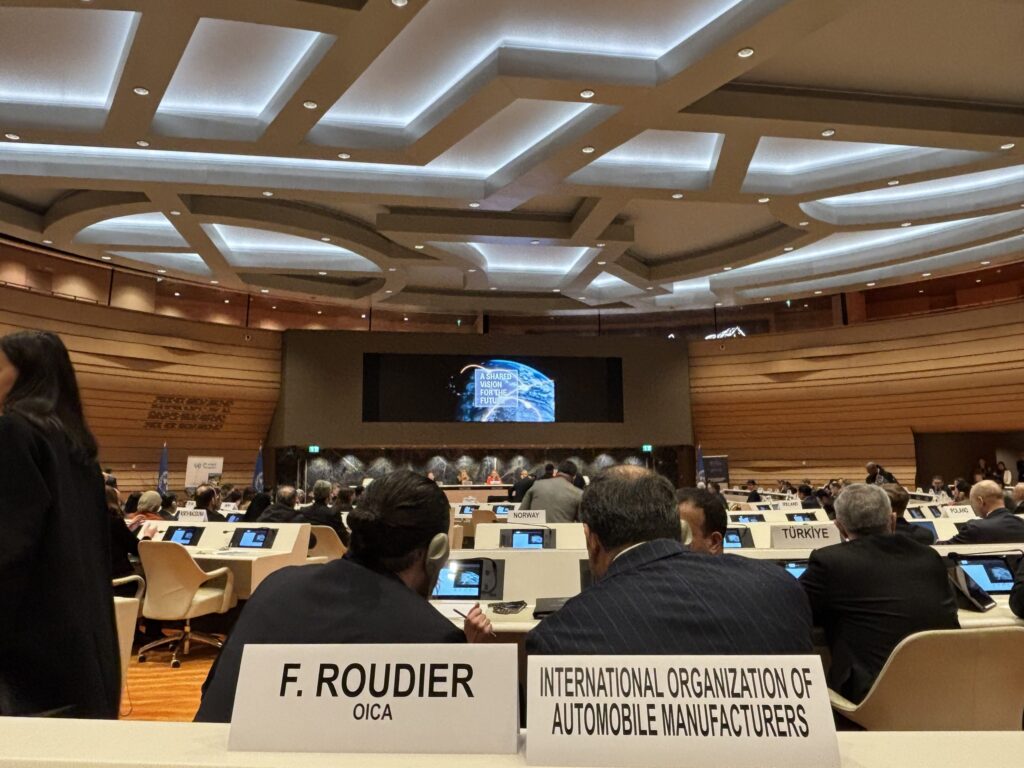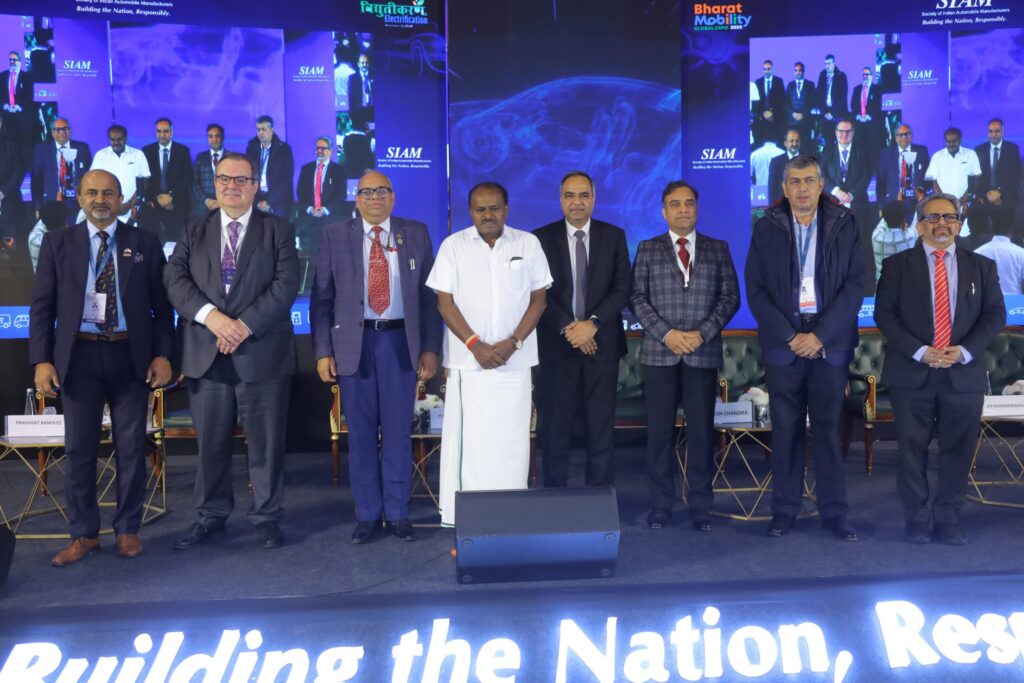Explore more updates from across the automotive world.
- Members news
MIA welcomes Government reset of the Clean Vehicle Standard to restore balance and support real emissions progress.
The Motor Industry Association welcomes the Government decision to introduce transitional financial relief and undertake a full review and overhaul of the Clean Vehicle Standard. These changes restore balance, support real emissions progress and address an economic and environmental problem that had become unsustainable for the vehicle market and for consumers.

Share this article
LinkedIn
Facebook
X

MIA
Why the Clean Vehicle Standard had stopped working
The Clean Vehicle Standard was designed to lower emissions by influencing the type and mix of vehicles imported into New Zealand. It pushed the supply of electric vehicles forward rapidly, but consumers have not shifted at the same pace, and the gap has continued to widen.
For 2025 the standard expects around one in every five new light passenger vehicles to be electric. Actual sales this year are closer to one in every ten. From 2026 the target tightens again to around one in every four new light passenger vehicles.
Importers cannot earn credits when customers are not buying the vehicles that create them, forcing many into costly credit purchases or penalties. At $67.50 per gram of carbon dioxide, industry forecasts show compliance costs are likely to total around $125 million in 2025, rising to around $153 million in 2026. None of this funding goes to Government or to emissions reduction initiatives. It circulates between companies and is ultimately transferred offshore.
“This became a costly compliance market rather than a policy that reduced emissions,” said MIA Chief Executive Aimee Wiley. “Importers unable to earn enough credits have been drained financially, putting vehicle prices at risk and limiting the ability to invest in the technologies that genuinely lower emissions.”
The economic reality behind the crisis
Consumers have continued to shift strongly toward hybrid technology since the Clean Car Discount ended. In terms of emissions reduction, hybrids sit between traditional petrol and diesel vehicles and zero emission models. They offer certainty, fuel savings and practical benefits, which is why they have become the dominant choice in the market.
However, the Clean Vehicle Standard is designed to drive a rapid shift toward zero and very low emissions. Under the current settings many hybrids will attract penalties from 2026. With a large share of the market in the hybrid category and low uptake of electric vehicles expected to continue, the gap between the targets and real-world behaviour is widening.
Electric vehicles remain more expensive upfront, and concerns about total cost of ownership, charging availability, real world range and technology certainty mean many households and businesses are not yet able or ready to adopt them. In a competitive market this is normal demand behaviour and reflects the reality of household and business budgets.
Regulation cannot force consumers to buy a vehicle they do not want or cannot afford. When policy pushes supply in one direction but demand does not follow, strain becomes severe. Prices rise. Choice shrinks. Businesses face increasing costs. Consumers ultimately carry the burden.
That is exactly what has been happening. Without intervention, vehicle prices would likely have risen sharply in the months ahead and many affordable models would have disappeared from the market, while emissions remained largely unchanged.
The Government decision restores stability and supports progress
The Government will temporarily cap Clean Vehicle Standard penalties at $15 per gram for two years. This provides immediate financial relief and market stability while the policy is rebuilt.
“We are not stepping back from environmental goals. We are repairing a system that was costing New Zealand hundreds of millions of dollars without reducing emissions,” said Wiley. “This is climate action that will work.”
A full two-year transition is essential. The first year allows the reset to be completed thoroughly. The second year provides time for legislative changes, public consultation and industry preparation. New vehicles often have long lead times, so the sector needs certainty to plan and order appropriately.
“A shorter or rushed process would risk further disruption,” said Wiley. “A two-year window is needed to rebuild a credible and workable Clean Vehicle Standard.”
What this means right now
For consumers, the reset reduces the risk of sharp price increases and helps preserve choice at a time of real cost of living pressure.
For businesses, it brings immediate relief from unsustainable compliance costs and restores some confidence to plan and invest.
For climate progress, it protects the direction of travel while allowing the rebuild of a system that can deliver real emissions reductions.
“We support progress toward a cleaner fleet, but that progress must be achievable and grounded in real market behaviour. The direction remains toward reducing emissions, but the pathway must be workable,” said Wiley.
“This approach protects consumers today and gives importers the space needed to prepare for a new and improved system. It supports environmental progress and economic stability at the same time.”
Driving progress together
MIA plans to work closely with Government to design a simpler and more effective Clean Vehicle Standard, version two. The goal is a framework that remains ambitious in intent while being grounded in real world demand, supporting customer choice and delivering measurable emissions reductions over time.
“We welcome the Government leadership in restoring balance and setting New Zealand up for genuine progress,” said Wiley. “We will continue placing industry expertise at the centre of decisions that shape the future of New Zealand transport.”
For media enquiries
Aimee Wiley
Chief Executive, Motor Industry Association
Email: aimee@mia.org.nz

Other News

- OICA News

OICA
New Zealand's Motor Industry Association goes global with OICA membership
New Zealand’s Motor Industry Association has become a full OICA member, strengthening global collaboration and ensuring the Asia-Pacific region’s perspectives are represented in international automotive discussions.

- OICA News

OICA
Automobile: ANAC Chile Joins OICA as New Member
Paris – Santiago: The OICA Organisation Internationale des Constructeurs Automobiles is pleased to announce that ANAC (Asociación Nacional Automotriz de Chile) has officially joined OICA as a full member, further expanding the global reach and diversity of the association’s network.

- OICA News

OICA
Shailesh Chandra, President of OICA, Hildegard Müller, Vice President
OICA announces the election of Shailesh Chandra, President of the Society of Indian Automobile Manufacturers (SIAM), as its new President, effective November 1, 2025, succeeding John Bozzella, President and CEO of the Alliance for Automotive Innovation (USA).

- OICA News

OICA
Pragmatic and successful decarbonization of road transport
The Strategic Role of Sustainable Fuels including Biofuels and Technological Diversity

- Autos and Fuels

OICA
Hybrid
Two main types of hybrid-electric vehicles exist, and they have different advantages and different applications, but both have fuel efficiency advantages over conventional internal combustion engined vehicles.

- Media Center, OICA News

OICA
OICA Launches New Roadmap for Motor Show Activities
IAA, Munich, September 10, 2025 – The International Organization of Motor Vehicle Manufacturers (OICA) today announced a renewed structure and vision for its motor show activities, reflecting the evolving needs of the global automotive industry and the motor show ecosystem.

- Media Center

OICA
UNECE, the 87th session of the Inland Transport Committee (Geneva, February 11, 2025)
It is a privilege and a pleasure to address you today as the new Secretary General of OICA, the International Organization of Motor Vehicle Manufacturers.

- Media Center, OICA News

OICA
François Roudier Speech @ Bharat Mobility January 2025
Honourable Minister Kumaraswamy, dear Members of SIAM, distinguished guests, ladies and gentlemen, and fellow enthusiasts, Good morning.
- General

OICA
IAA TRANSPORTATION 2024 Sets New Records and Delivers a Clear Message: The Industry Impresses with Market-Ready Innovative Products, Government Needs to Enable Progress Through Infrastructure Initiatives
145 world premieres demonstrate the impressive innovation of the industry – Visitors and exhibitors delighted and highly satisfied – IAA TRANSPORTATION is more international than ever – Record bookings for test drives – From talk to action: Policy makers must develop and implement a concrete action plan focusing on infrastructure
- Media Center

OICA
François Roudier @ China Auto Forum 2024 : “The never-ending automotive revolution”
Good morning, and thank you for being here today. As we stand at the crossroads of innovation and tradition, it is important to remember the incredible journey of the automobile and the constant revolution it represents.
- Media Center

OICA
François Roudier appointed Secretary General of OICA and Olivier Fontaine, Technical Director
Paris, France – May 13, 2024 – OICA – the International Organization of Motor Vehicle Manufacturers – is pleased to announce the appointment of François Roudier as its new Secretary General, effective June 1, 2024.
